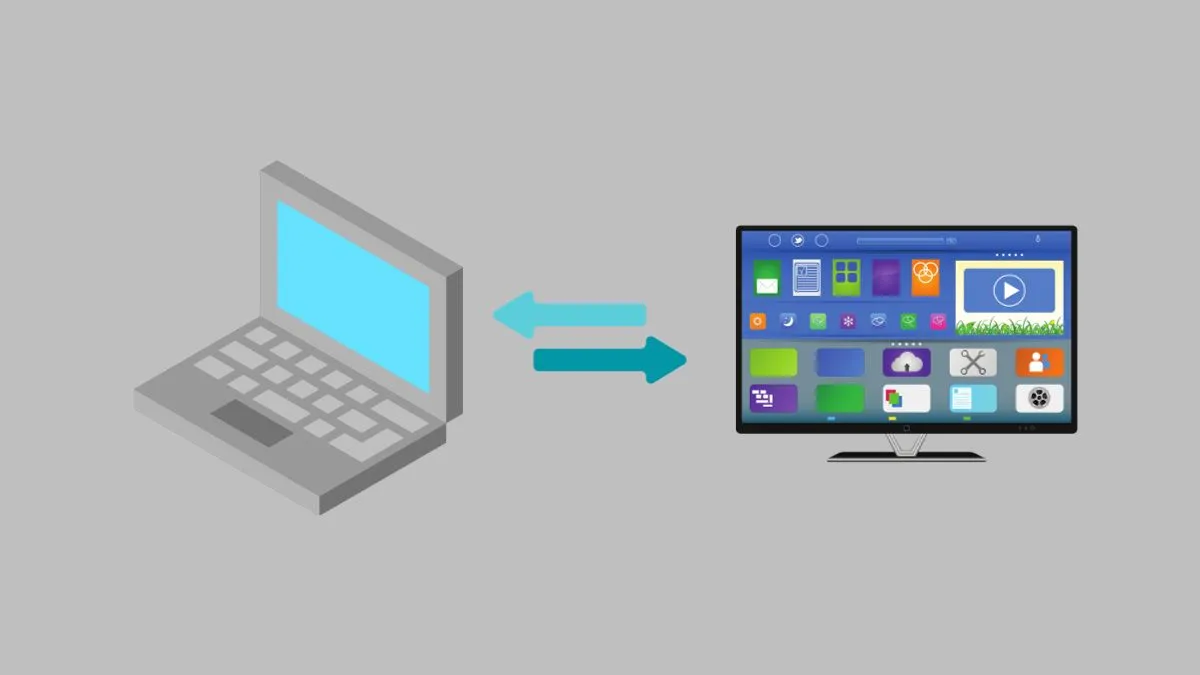Screen recording has become an essential feature for many users, whether it’s for creating tutorials, showing off gameplay, or even documenting bugs.
However, on a Chromebook, enabling screen recording with internal audio can be quite tricky.
In this guide, we will provide you with the necessary steps to successfully screen record on your Chromebook with internal audio.
Pre-requisites:
Before we dive into the steps, there are a few things you need to have in order to enable internal audio for screen recording on your Chromebook:
- A Chromebook with at least Chrome OS version 74 or higher
- An external microphone (if you want to include your own commentary in the recording)
- Audio settings properly configured (go to Settings > Advanced > Sound and make sure “Use audio port for” is set to “Microphone”)
Steps to Enable Internal Audio:
To successfully enable internal audio for screen recording on your Chromebook, follow these steps:
Step 1: Download an Extension:
The first step is to download a third-party extension that allows you to record internal audio.
Some popular options include Loom and Screencastify. Make sure to check the reviews and ratings before downloading.
Step 2: Grant Permission:
Once you have downloaded the extension, you will need to grant it permission to access your microphone.
To do this, go to Chrome Settings > Advanced > Privacy and security > Site settings > Microphone. Here, make sure the toggle for the extension is turned on.
How to Start Recording with Internal Audio?
Now that you have enabled internal audio for screen recording, here’s how you can start recording with internal audio:

- Open the extension and click on “Record” or “Start recording.”
- Choose whether you want to record your entire screen or just a specific tab.
- Make sure the option for recording internal audio is selected.
- Click on “Record” or “Start recording” again to begin screen recording with internal audio.
- When you’re done recording, click on “Stop recording.”
- The recorded video will be saved automatically and can be accessed through the extension’s interface.
There are some quick ways to stop screen recordings when you have finished.
Troubleshooting Tips:
- If the audio in your recorded video is distorted or low quality, try adjusting the microphone volume on your Chromebook. You can do this by going to Settings > Advanced > Sound and using the slider to adjust the input volume.
- If you’re experiencing audio sync issues, try restarting your Chromebook and closing any unnecessary tabs or applications before starting a screen recording.
- Some extensions may have their own audio settings that can be adjusted for better recording quality. Make sure to explore these options if you’re not satisfied with the audio in your recordings.
- If you’re using an external microphone, make sure it is properly connected and selected as the input device in your Chromebook’s audio settings.
- If all else fails, try using a different extension for screen recording with internal audio. There are many options available, so don’t be afraid to experiment and find one that works best for you.
Why is there no sound on my Chrome screen recorder?
There could be various reasons why there is no sound in your Chrome screen recordings. Some possible causes include:
- The audio settings on your Chromebook are not properly configured (make sure the “Use audio port for” setting is set to “Microphone”).
- The extension you are using for screen recording does not have access to your microphone.
- There may be an issue with the extension itself. Try using a different one or check for any updates.
- Your Chromebook’s microphone may not be functioning properly. In this case, you may need to get it repaired or replaced.
Conclusion:
Enabling internal audio for screen recording on a Chromebook may seem daunting at first, but with the right extensions and settings, it can be easily achieved.
Make sure to follow all the steps carefully and explore troubleshooting tips if you encounter any issues.
With this guide, you’ll be able to create high-quality screen recordings with internal audio on your Chromebook in no time. Happy recording!
FAQs
Can websites detect screen recording?
Some websites may have a feature that can detect if you are recording your screen. However, this is not always the case and can vary depending on the website and the type of extension being used for recording.
Can I record internal audio without an external microphone?
Yes, as long as your Chromebook has an internal microphone, you should be able to record internal audio without an external microphone. However, using an external microphone may result in better audio quality.
Can I edit my screen recordings with internal audio?
Yes, you can use video editing software to edit your screen recordings with internal audio just like any other video. This allows you to add effects, cut and merge clips, and more.
Is it legal to record my screen on a Chromebook?
As long as you are not violating any privacy laws or terms of service agreements, it is generally legal to record your screen on a Chromebook. However, it is always best to check the laws and policies in your specific location before recording.





